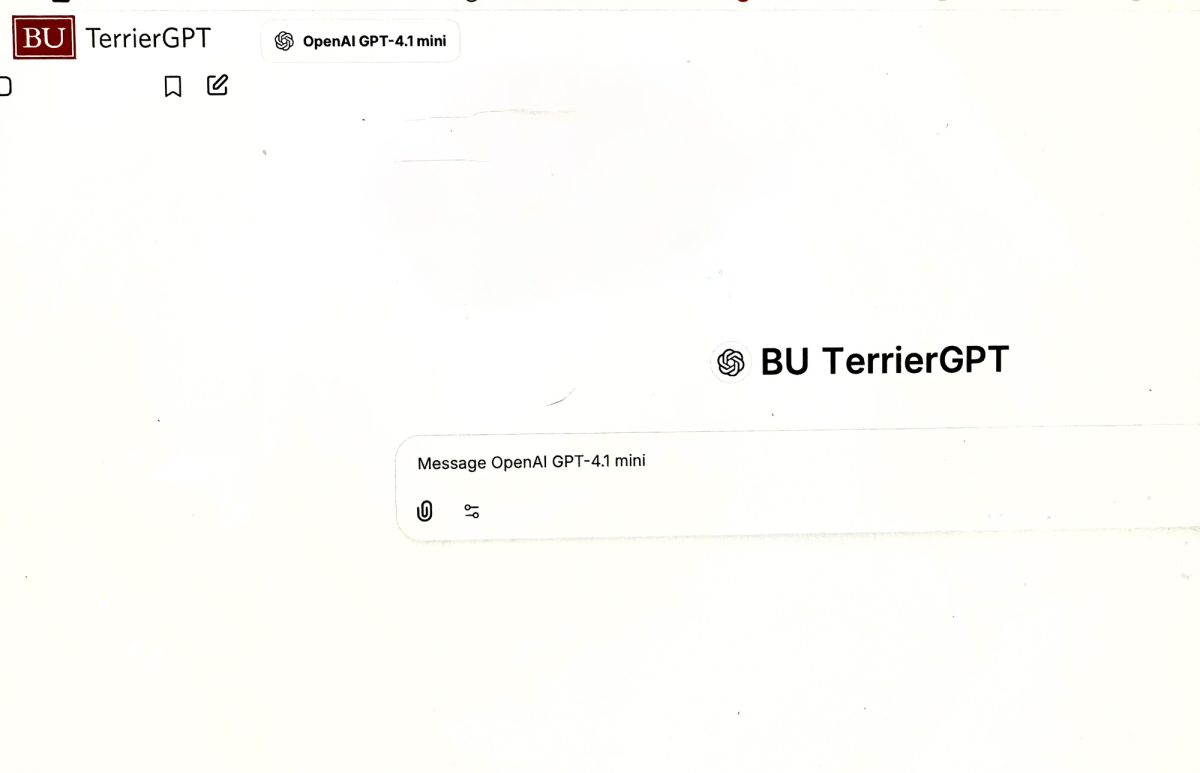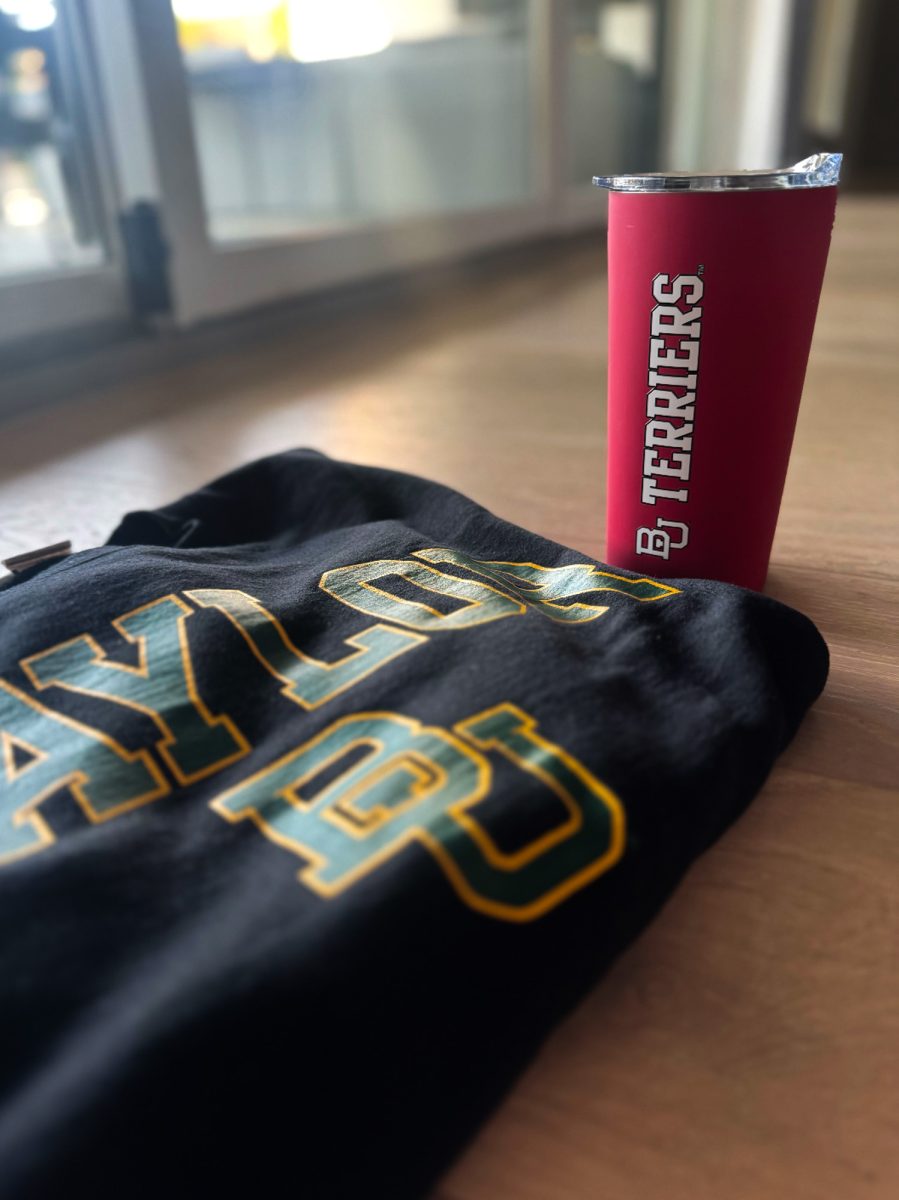The Charles River received its third “B+” since 2004 on its annual water-quality report card from the Environmental Protection Agency Friday, marking the river’s highest rating since it received a “D” in 1995 — the year the report card program began.
Officials heralded the achievements of a decade-long effort by the Charles River Initiative to reduce sewage discharge into the river, calling it “one of the great environmental cleanup successes in the nation” — although they admitted the effort is far from finished.
“It’s very encouraging that we continue to sustain that ranking, but our work is not yet done,” said Vivien Li, executive director of The Boston Harbor Association.
The report card is based on the number of days the river meets boating and swimming safety standards. To receive the B+ grade, the Charles River met the standards 97 percent of the time for boating, and 50 percent of the time for swimming. For a river to be considered safe for swimming, it must meet the standards 100 percent of the time, according to Bob Zimmerman, executive director of the Charles River Watershed Association.
“You have to go on the other side of the Watertown Dam for it to be safe to swim,” Zimmerman told The Daily Free Press after the press conference. “Anything down on this side of the dam — you’ve got contaminated sediments, you don’t want to swim here.”
Officials said they expect the report card to improve in coming years after an settlement was reached two weeks ago between the Conservation Law Foundation, the EPA and the Massachusetts Water Resource Authority that will set new standards for contamination, as required by a 1983 court order. The settlement must be approved by a judge at a hearing this week before it goes into effect, according to CLF spokesperson Julia Bovey.
“This is the very last piece in a 23-year effort,” Bovey told The Daily Free Press Friday. “We’ve never had legislative levels of control before.”
MWRA officials expect to reduce sewer overflow discharge to 7.8 million gallons per year by 2013, down from 1.7 billion in 1988 — a reduction of 99.5 percent, according to a press release.
“With this agreement being entered into the court as an enforceable agreement, we are absolutely ensured that we will be achieving a minimum of that much reduction,” said Robert Varney, the EPA regional administrator for New England.
Sewer discharge occurs during heavy rains when storm water backs up city pipes and the combined liquid must be dumped into nearby bodies of water, such as the Charles River. Pipe construction to separate sewage from storm water is planned for areas along the river, including Brookline.
Despite officials’ rosy predicting for the future of the Charles River, several admitted that the Charles River Initiative has neglected some of the river’s clean-up needs.
“From the [Massachusetts Avenue] Bridge to the [Watertown] Dam, the river meets swimming regulations about 90 to 92 percent of the time.” Zimmerman said at the press conference. “The key is you don’t want to touch the bottom, because we have some of the worst sentiments in an urban river anywhere in the United States. So one of the issues we’re going to have to deal with in the next five to seven years is how to deal with those sediments.”
Zimmerman said that even the cleaner parts of the river are lined with a 2 1/2-foot thick “cocktail of things you don’t want to touch” that has accumulated on the bottom of the river over the course of the century.
He explained the Charles River, which was originally a tidal estuary that was naturally “flushed” twice a day, hasn’t been dredged since the Watertown dam was built in 1908.
Zimmerman added that while the CRWA have performed some sediment analysis on the river, no actual work has been done to correct it. He added that while “spot dredging” could be used to make certain areas “swimmable,” he prefers a solution that would address the entire river because work on the Charles River sediment layer is “still four, five, six years out into the future.”
Li also said the Initiative is not aimed at protecting the river from “non-point sources,” such as street run-off, pesticides and boating chemicals that are not fed through city pipes.
“We want to make sure the conservation commission and the various communities make sure that developers are careful about future developments, minimizing any adverse impacts,” she said.




















































































































